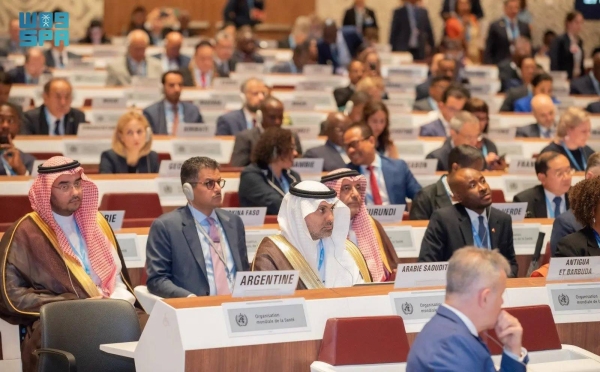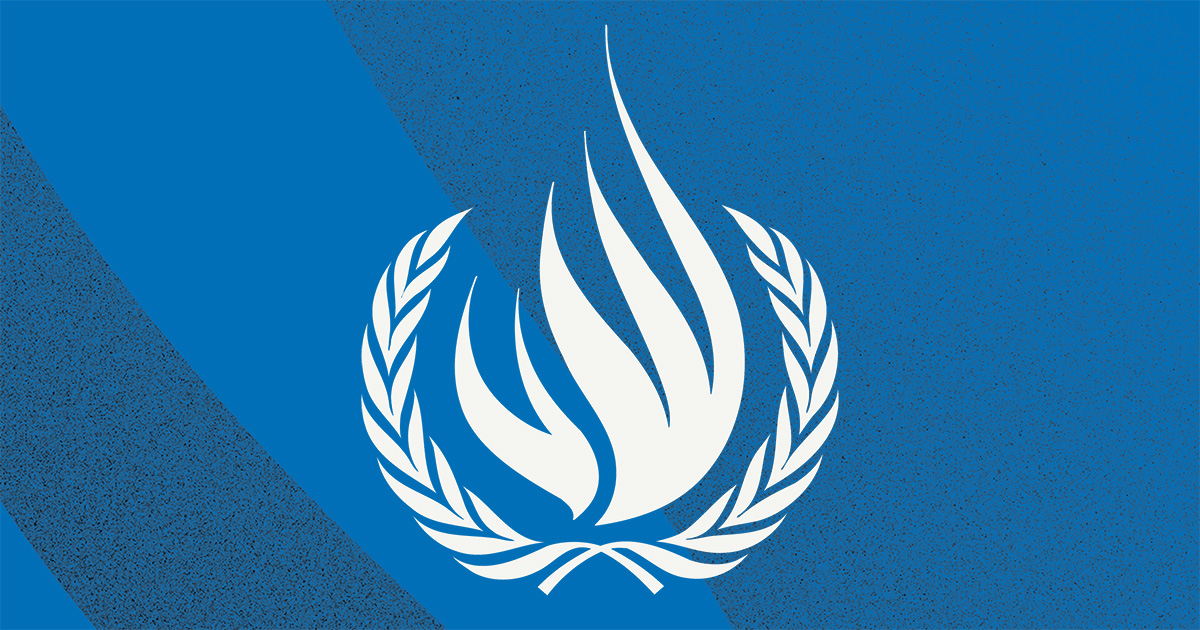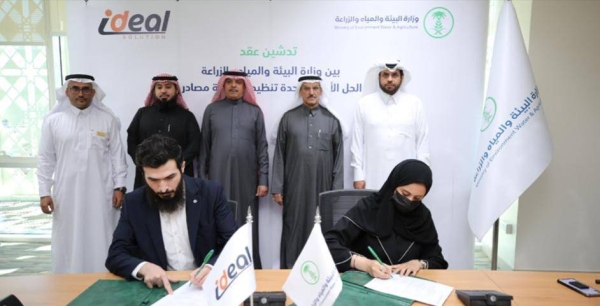
March 22 was annual World Water Day and in the aftermath of this annual observance it is critical to acknowledge that the world is still far from achieving the aim of the UN’s Sustainable Development Goal 6, which is to ensure there is clean water and sanitation for all by 2030.
Some progress has been made in certain regions but millions of people worldwide continue to lack access to safe drinking water and adequate sanitation facilities.
The global water crisis persists, exacerbated by issues such as pollution, climate change and inadequate infrastructure. This ongoing challenge underscores the urgent need for governments, organizations and communities to intensify their efforts, prioritize sustainable water-management practices, and implement inclusive policies that ensure equitable access to clean water and sanitation for all.
Around the globe, disparities in access persist, disproportionately affecting marginalized communities in both urban and rural areas.
In sub-Saharan Africa, a region characterized by its diverse landscapes and vibrant cultures, millions of people continue to grapple with lack of access to basic sanitation services, perpetuating a cycle of widespread health challenges and economic disparities.
The burden of poor sanitation disproportionately falls on vulnerable populations, including women, children and the elderly
Dr. Majid Rafizadeh
Across this vast expanse, where communities range from bustling urban centers to remote rural villages, the absence of adequate sanitation infrastructure poses significant threats to public health. Without access to safe sanitation facilities, people are forced to resort to open defecation, which contaminates water sources and increases the risk of waterborne diseases such as cholera, typhoid and diarrhea.
Moreover, the burden of poor sanitation disproportionately falls on vulnerable populations, including women, children and the elderly, who often bear the brunt of preventable illnesses.
Beyond the immediate health consequences, lack of sanitation perpetuates a cycle of poverty, hindering educational opportunities, limiting economic productivity and exacerbating social inequalities
In regions such as South Asia, rapid urbanization and population growth have put a strain on existing water and sanitation infrastructure, exacerbating the challenges of providing clean water to all residents.
Additionally, indigenous communities in countries such as Australia and Canada face unique challenges related to water access and quality, stemming from historical injustices and lack of investment in infrastructure.
Pollution further compounds the global water crisis, with contaminants ranging from industrial chemicals to agricultural runoff contaminating water sources worldwide. In regions such as Southeast Asia, for example, rapid industrialization has led to severe pollution of water, threatening public health and ecosystems. Similarly, in Latin America, unregulated mining activities have contaminated rivers and groundwater, depriving communities of safe drinking water and jeopardizing biodiversity.
Addressing pollution requires concerted efforts from governments, industries and civil society to implement strict regulations, invest in wastewater-treatment infrastructure, and promote sustainable practices to safeguard water quality.
Climate change poses another significant threat to water security, exacerbating scarcity, floods and droughts in many regions. In arid and semi-arid regions such as the Middle East and North Africa, changing patterns of precipitation and rising temperatures have caused water stress to intensify, leading to conflicts over dwindling resources.
In arid and semi-arid regions such as the Middle East and North Africa, changing patterns of precipitation and rising temperatures have caused water stress to intensify
Dr. Majid Rafizadeh
Meanwhile, coastal communities worldwide are vulnerable to the effects of rising sea levels and saltwater intrusion, which threatens freshwater supplies and exacerbates sanitation challenges.
Adaptation measures such as water conservation, rainwater harvesting and integrated water resource management are essential for building resilience to climate change and ensuring future generations will have access to sustainable water supplies.
Inadequate infrastructure remains a barrier to universal access to clean water and sanitation. In many developing countries, outdated or poorly maintained water-supply systems contribute to water loss and contamination, perpetuating the cycle of water insecurity.
Rural areas, in particular, often lack access to centralized water and sanitation services, forcing communities to rely on unsafe water sources or practice open defecation. Investing in modern infrastructure, including piped water networks, sewage-treatment plants and sanitation facilities is critical for improving access to water and hygiene standards, particularly in underserved areas.
Efforts to achieve Sustainable Development Goal 6 require a multi-faceted approach that addresses the root causes of the global water crisis and promotes sustainable solutions. Governments can play a central role in the process by setting policies, allocating resources and regulating water-management practices to ensure equitable access to clean water and sanitation.
International cooperation and partnerships are also essential as they enable the sharing of knowledge, mobilization of financial resources, and support for capacity-building initiatives in water-stressed regions.
Civil society organizations and grassroots movements can play a vital role by advocating for water rights, raising awareness of water-related issues, and empowering communities to participate in decision-making processes.
Innovative technologies and techniques, such as decentralized water-treatment systems or mobile applications used to monitor water quality, also help to address water-related challenges.
In India, for example, the Swachh Bharat Mission leverages technology to improve sanitation infrastructure and enhance campaigns that encourage people to change their behavior regarding water. This has resulted in significantly improved access to toilets and a reduction in open defecation.
Similarly, water-sensitive urban-design concepts, such as green infrastructure and permeable pavements, can help mitigate the effects of urbanization on water resources, and enhance urban resilience to climate change.
Education and public-awareness campaigns are also crucial components of efforts to achieve Sustainable Development Goal 6, by empowering individuals to make more-informed choices about water conservation, hygiene practices and advocacy for water rights.
School-based education programs, community workshops and media campaigns can help raise awareness of the importance of clean water and sanitation, and foster a culture of responsible water stewardship.
By engaging citizens as active participants in water governance and management, communities can collectively work toward ensuring sustainable water access for present and future generations.
There is an urgent need for action to properly address the global water crisis and achieve the goal of universal access to clean water and sanitation by 2030. From the shores of Africa to the rivers of Asia and the urban centers of Latin America, millions of people around the world are still deprived of this basic human right.
It is time for governments, organizations and communities to prioritize water security, invest in sustainable infrastructure and promote inclusive policies that leave no one behind.
By working together toward this common goal, we can build a more resilient and equitable future in which clean water flows freely for all.
Dr. Majid Rafizadeh is a Harvard-educated Iranian American political scientist. X: @Dr_Rafizadeh
Disclaimer: Views expressed by writers in this section are their own and do not necessarily reflect Arab News" point of view











